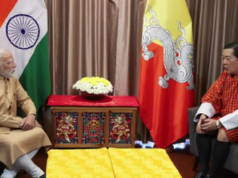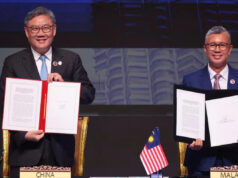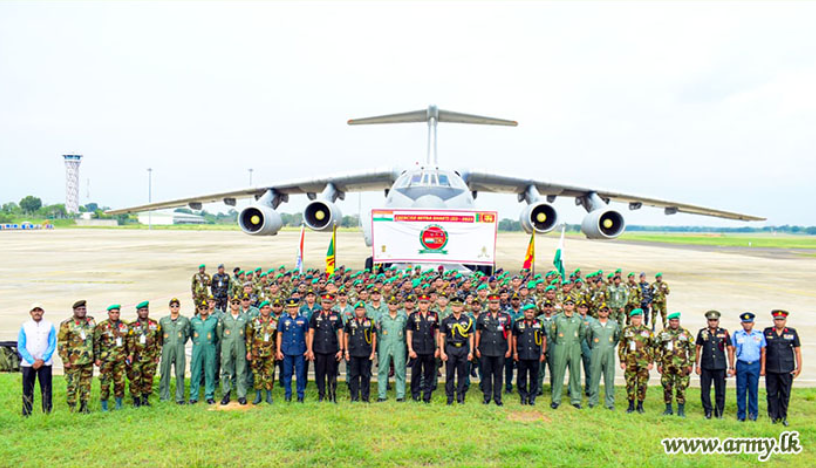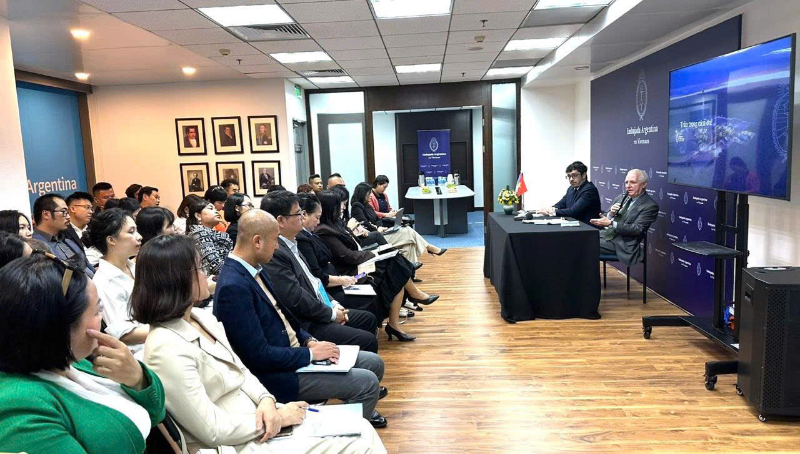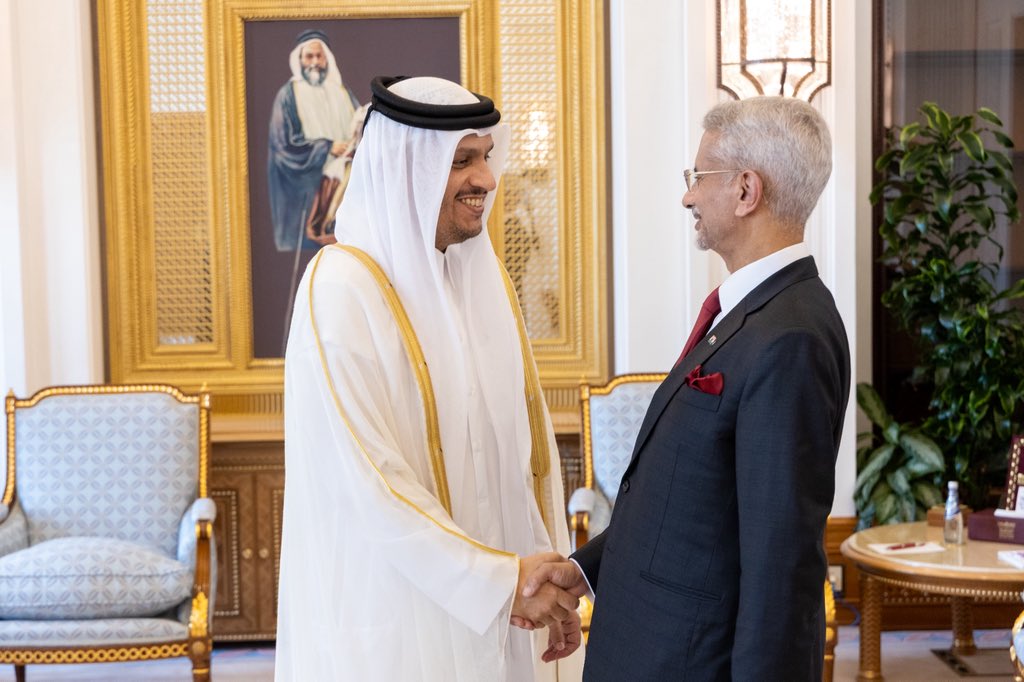The latest chapter in India and Sri Lanka’s long-running defence partnership opened this week, as the two nations commenced the eleventh edition of Exercise Mitra Shakti in Belagavi, Karnataka. The two-week training programme, running from 10 to 23 November 2025, is being hosted at the Foreign Training Node, a facility increasingly central to India’s international military collaborations. Designed to deepen cooperation between the neighbouring countries’ armed forces, the exercise brings together a sizeable combined contingent. Sri Lanka has dispatched 125 soldiers from the Gajaba Regiment alongside 10 air force personnel, while India has contributed 170 troops from the Rajput Regiment and 20 air force personnel. Both sides have framed the exercise as a practical means of improving mutual understanding and refining the ability to operate jointly in demanding environments.
Focus on Modern Battlefield Tactics
According to official statements from both governments, the training package this year has been developed with a strong emphasis on modern, technology-enabled operations. Personnel will practise a range of co-ordinated responses to counter-terrorist situations, including raids, search-and-destroy missions and heliborne insertions.With unmanned systems increasingly shaping contemporary conflict, the exercise integrates the use of drones, counter-unmanned aerial measures, and helicopter support. The programme also includes drills to secure temporary helipads and carry out casualty evacuation under operational conditions, skills considered vital during peacekeeping and humanitarian operations. Troops will additionally take part in combat reflex shooting, close-quarter tactics, and complementary activities such as martial arts and yoga, which have become regular features of bilateral military exchanges.
Strengthening Peacekeeping Readiness
Both defence ministries have highlighted that the goal is not limited to improving battlefield readiness. A significant part of the exercise is geared towards preparing troops for UN peacekeeping responsibilities, ensuring that soldiers can operate in complex environments while prioritising the protection of civilian life and property. Indian officials noted that the exercise allows each side to observe how the other manages specific scenarios, providing opportunities to exchange best practices, refine command procedures and foster confidence between officers and enlisted personnel alike.
A Sign of Growing Defence Ties
This year’s exercise is taking place against the backdrop of a wider expansion in defence cooperation. In April, India and Sri Lanka signed a new Memorandum of Understanding on Defence Cooperation, intended to regularise activities such as high-level military visits, joint training, capacity building, naval port calls and discussions on future defence-industry collaboration. Sri Lanka’s High Commissioner to India, Mahishini Colonné, described Mitra Shakti as “a reflection of trust, partnership and shared commitment to peace, stability and cooperation”. Her comments echoed the tone set by both governments as they look to strengthen ties in an increasingly competitive regional security landscape.
Historical and Political Context
The renewed emphasis on defence collaboration comes nearly four decades after the 1987 Indo-Sri Lanka Accord, which saw the deployment of the Indian Peace Keeping Force in Sri Lanka’s North-East. The intervention, intended to enforce a political settlement during the civil conflict, resulted in a controversial and bloody engagement, marked by extensive loss of Tamil civilian life and serious allegations of human rights abuses by the IPKF. Sri Lanka’s defence posture continues to draw attention, particularly as the island’s military remains one of the world’s largest relative to its population and maintains a significant presence in the Tamil-majority Northern and Eastern Provinces. In February, Colombo increased its defence budget to LKR 437 billion, signalling continued investment in military capability despite domestic economic pressures.
Looking Ahead
Against this complex historical backdrop, Exercise Mitra Shakti represents both continuity and change. While the two militaries have trained together for more than a decade, the scope and sophistication of the 2025 edition reflect a renewed commitment to interoperability, regional stability and joint crisis response. As the exercise unfolds over the coming days, it is expected to reinforce operational ties and contribute to the broader diplomatic effort to maintain a stable and cooperative relationship between India and Sri Lanka—two neighbours whose security concerns have long been intertwined.


